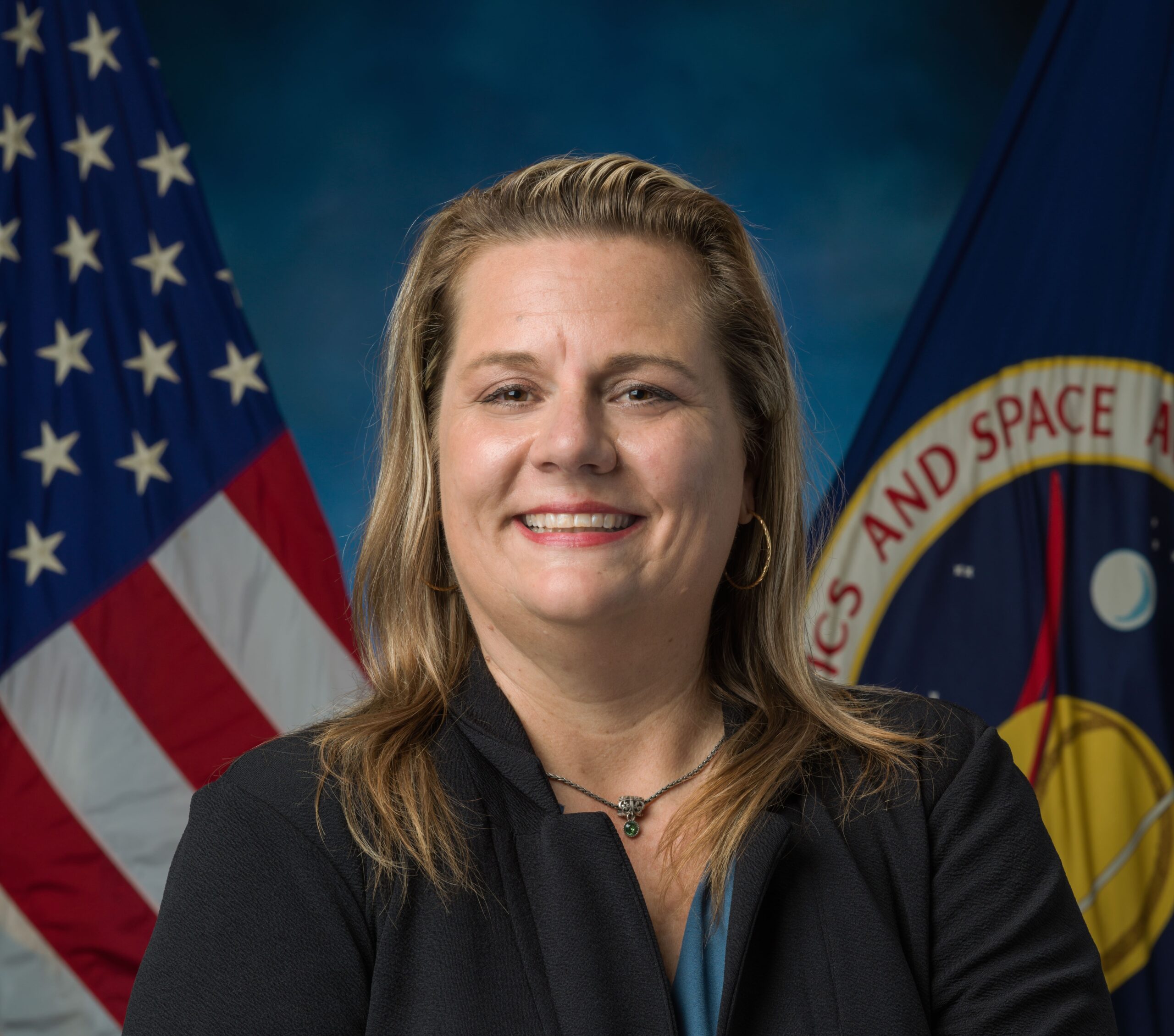With over 25 years of experience in human spaceflight programs, Melissa Harris has contributed to numerous programs and projects during key moments in NASA’s history. As the life cycle lead and Independent Review Team review manager for the…
Category: 2. Space
-
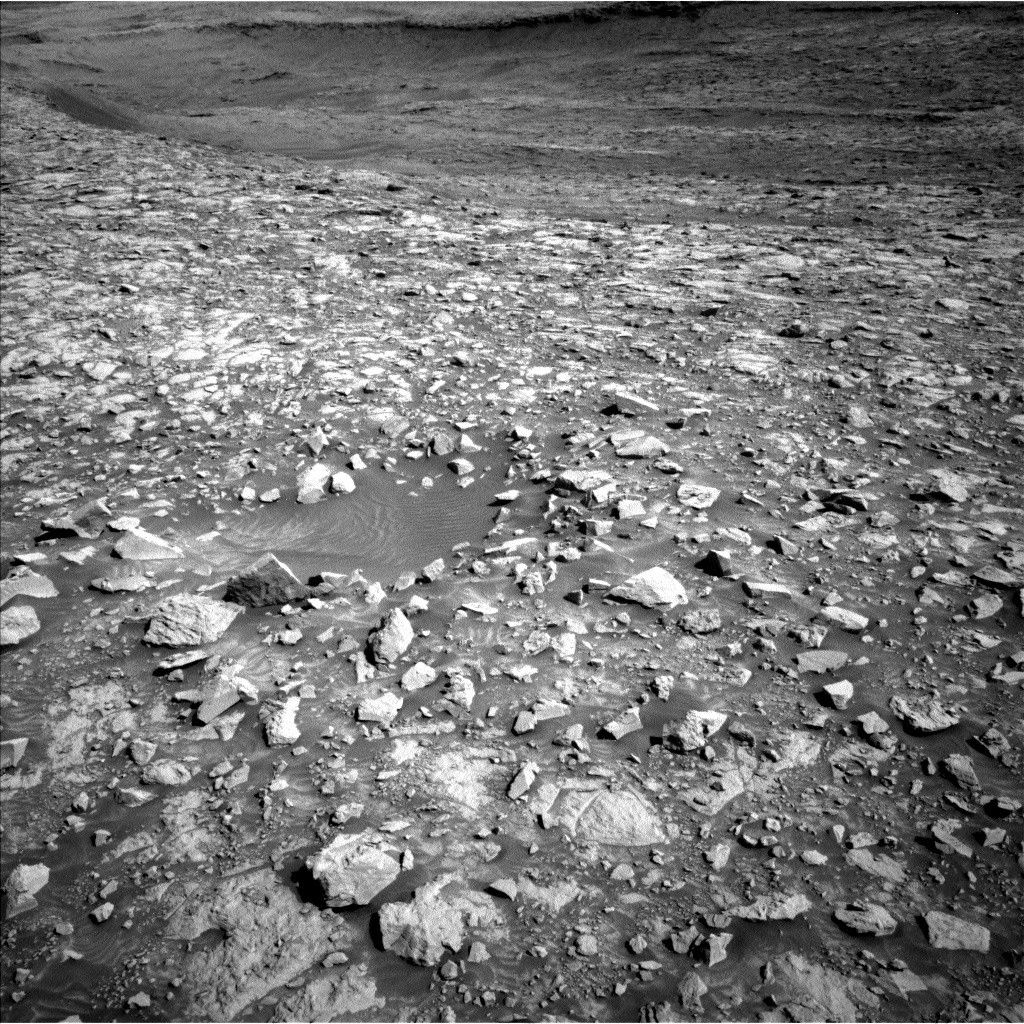
Curiosity Blog, Sols 4595-4596: Just Another Beautiful Day on Mars
Written by Ashley Stroupe, Mission Operations Engineer at NASA’s Jet Propulsion Laboratory
Earth planning date: Wednesday, July 9, 2025
In today’s plan, we have a little bit of everything. With it being winter still, we are…
Continue Reading
-

Europe’s Space Act shows it’s getting serious about space policy
Plans to overhaul European space regulation would come with unprecedented enforcement power over domestic and foreign satellite operators, including on-site inspections and steep fines to uphold safety, cybersecurity and sustainability…
Continue Reading
-
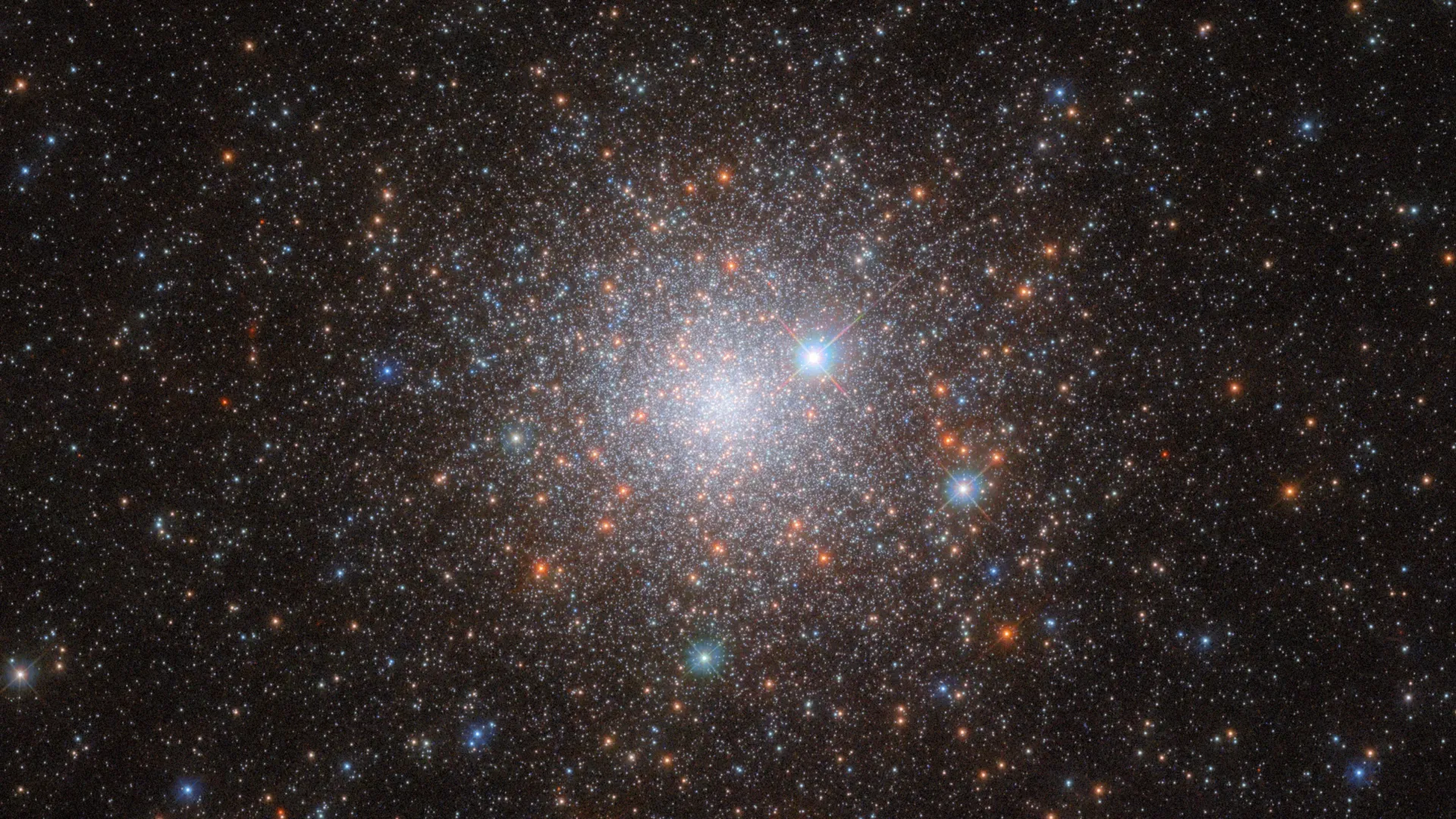
Hubble Cracks Open a Glittering Cosmic Time Capsule, Revealing Multi-Generational Stars 160,000 Light-Years Away
For this ESA/Hubble Picture of the Week, we gaze upon the field of stars that is NGC 1786. This object is a globular cluster in the Large Magellanic Cloud (LMC), a small satellite galaxy of the Milky Way Galaxy that is approximately 160,000…
Continue Reading
-
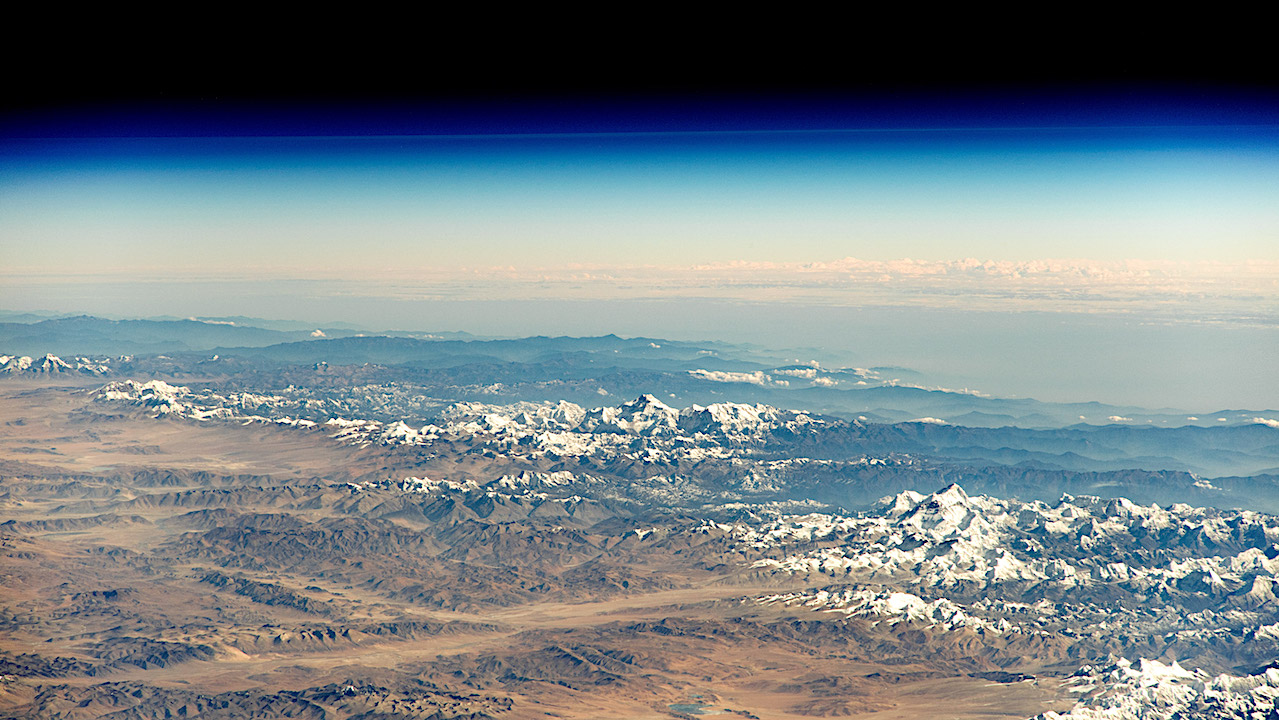
NASA Said It Would Post Climate Reports – Not Any More
Keith’s note: According to this AP story: “Earlier this month, the official government websites that hosted the authoritative, peer-reviewed national climate assessments went dark. Such sites tell state and local governments and the public…
Continue Reading
-
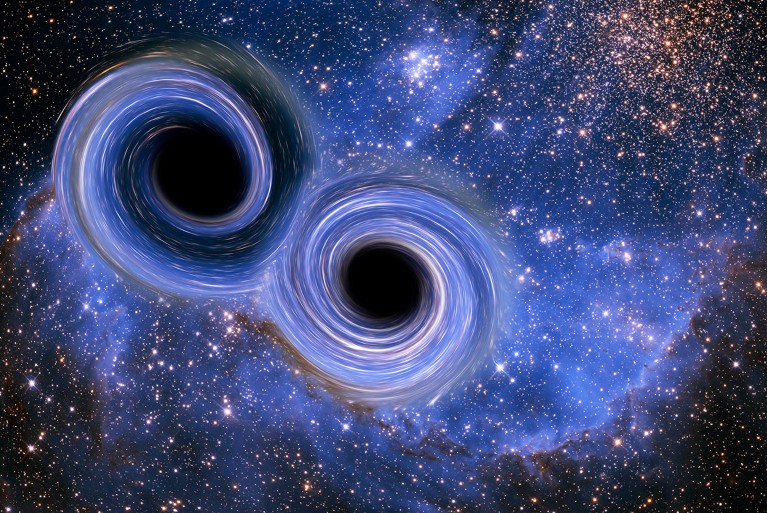
Monster black hole merger is biggest ever seen
Artist’s impression of two black holes merging, which can be detected on Earth through the gravitational waves the collision creates.Credit: Victor de Schwanberg/SPL
Physicists have detected the biggest ever merger of colliding black holes. The…
Continue Reading
-
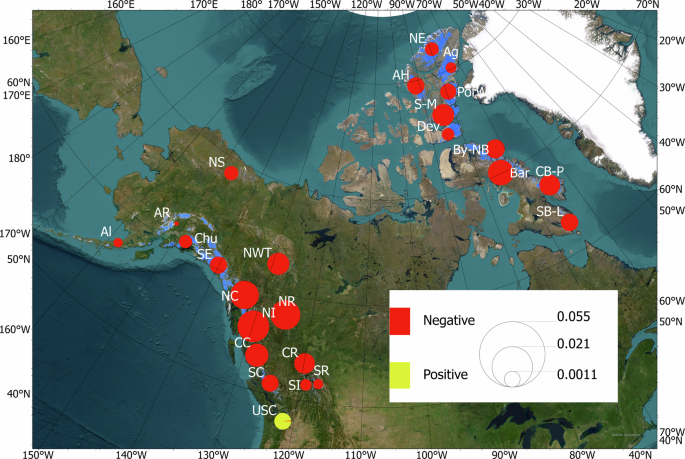
Temperature mediated albedo decline portends acceleration of North American glacier mass loss
Snow and ice albedo
The albedo data used in our study originates from the MODIS sensor on the Terra satellite. Terra is in a near-polar sun synchronous descending orbit and acquires data with the MODIS sensor over a spectral range of…
Continue Reading
-
Reidentification of Redshifts of SDSS Galaxies Overlapped with Galactic Objects
This work presents a catalog of reidentified redshifts of 853 galaxies for which the redshifts of overlapping foreground objects were registered in the Sloan Digital Sky Survey (SDSS) DR16 Database. We examined SDSS DR16 spectra of the candidates…
Continue Reading
-
Resolving the Unresolved: Using NESSI to Search for Unresolved Companions in Low-mass Disk Wide Binaries
Stellar systems consisting of three or more stars are not an uncommon occurrence in the Galaxy. Nearly 50% of solar-type wide binaries with separations >1000 au are actually higher-order multiples with one component being a close binary….
Continue Reading
-
A Massive Yellow Supergiant in the Far Outer Disk of M31: Evidence for in Situ Massive Star Formation beyond the Optical Radius
While massive stars are known to shape galactic ecosystems, their formation has long been assumed to require the high-density environments of inner galactic disks. This paradigm is challenged by mounting evidence of young massive stars in…
Continue Reading
